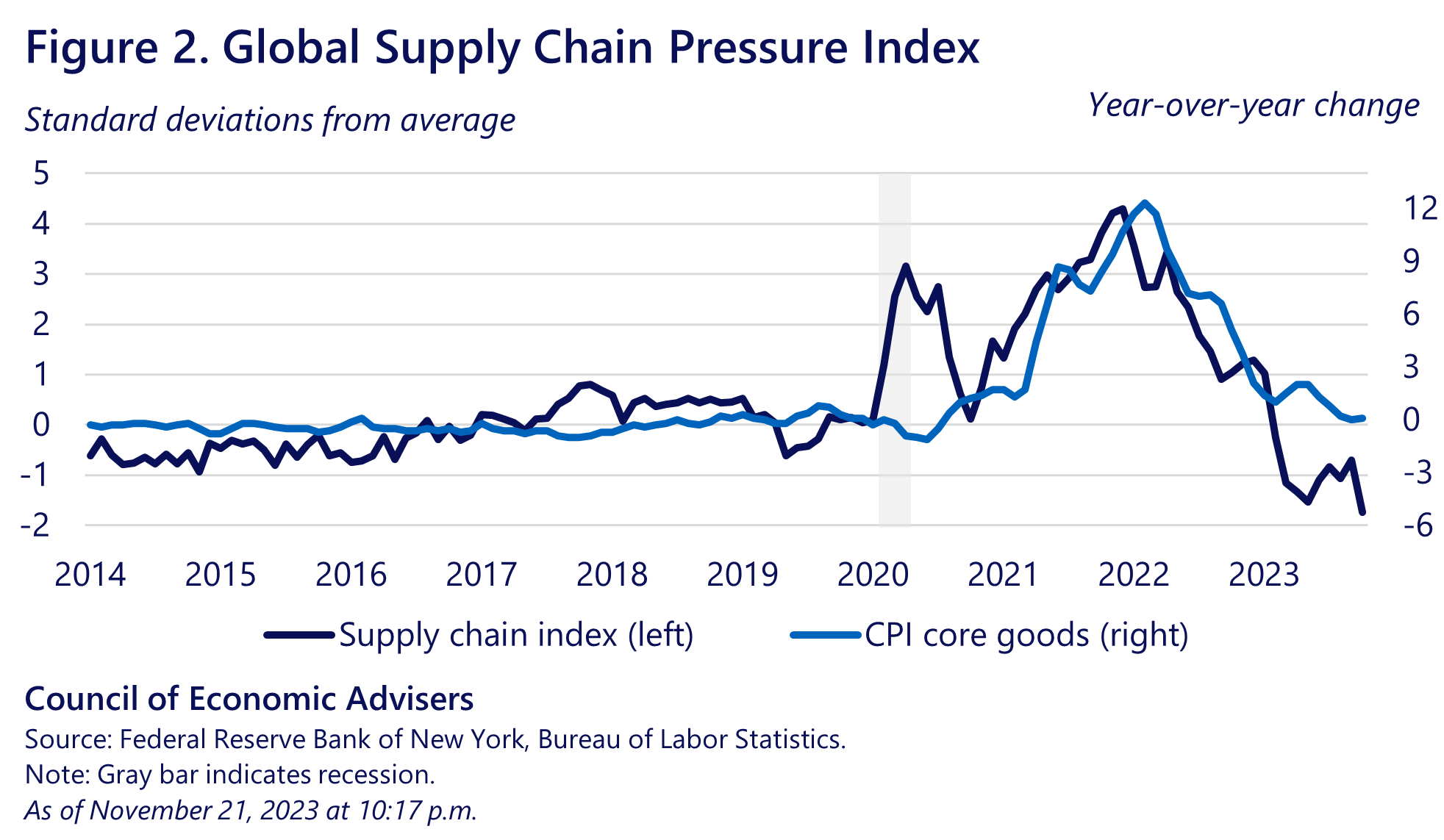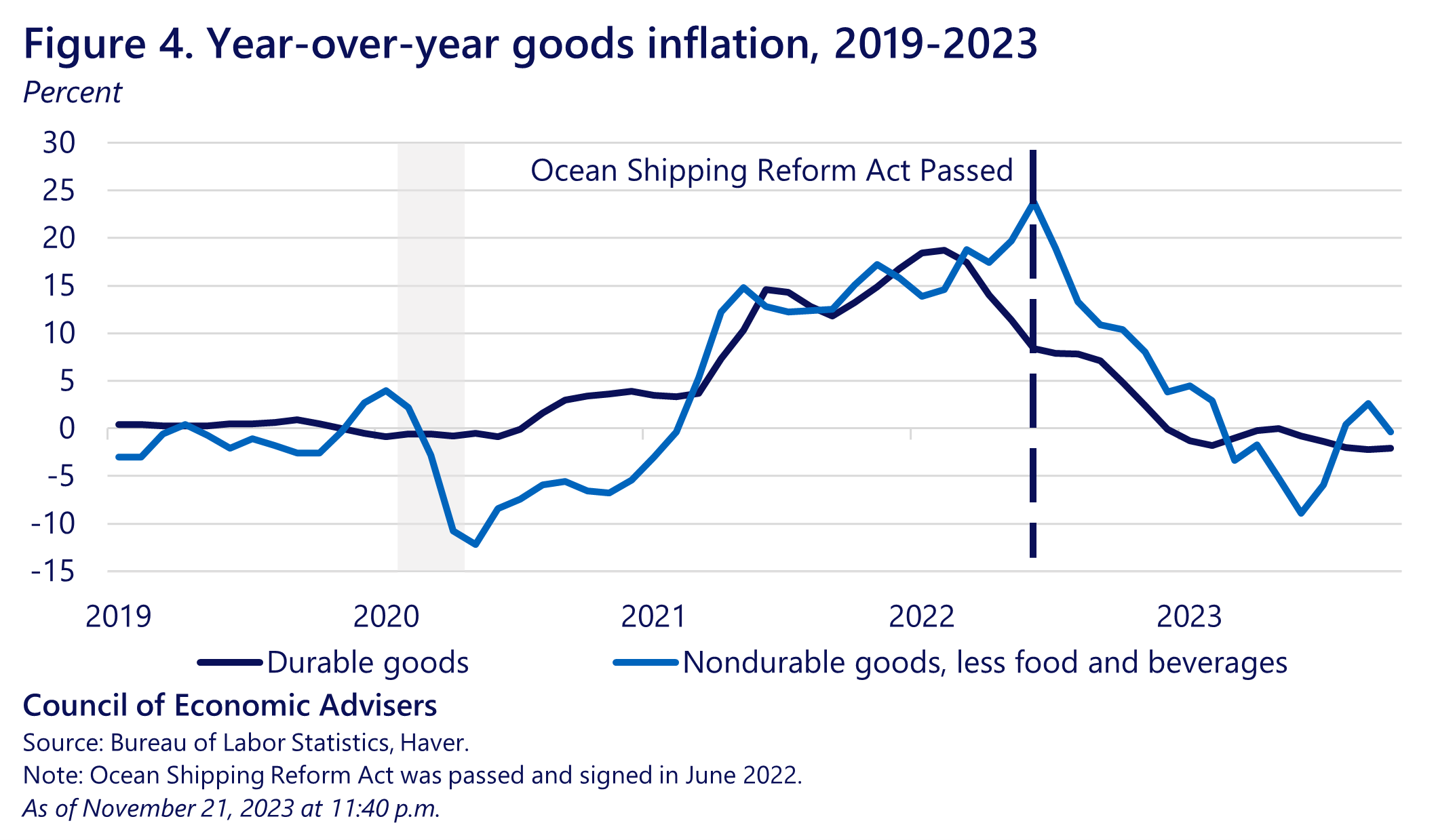supply chain resilience
a deeper dive into supply chain & inflation
ENGW3315 - Paul Babin: project #4
this video has nothing to do with this post
In my op-ed, I wrote about the supply chain and how the lack of resilience caused inflation. I touched upon blame, what resilience is, and how industrial engineers and members of the public can seek to improve it.
One of my regrets is my failure to delve into how the supply chain affects inflation. It's a complicated topic; I felt I lacked the flexibility and opportunity to expand on mechanics. Since this writing is more of a blog post, I have the freedom to use graphics to support the correlation between supply chain shocks and inflation. This post, however, is only a slightly deeper dive into a specific topic. I just wanted to elaborate a little more on something that I didn't touch upon.
Supply chain issues manifest themselves in increased cost to operate — manufacturing, shipping, maintenance and storage factor into total cost. This is shown in the below chart as an index — aggregated and normalized or centered around 0, data. The inflation rate, the increase in prices since last year, is given as well.
Inflation and supply chain cost index data since 2014 is from the Bureau of Labor Statistics .
The two focal points of the chart are the correlation between supply chain costs and inflation, and the spike in supply chain costs in early 2021 as the country began to recover from COVID. I haven't seen this specific chart anywhere online; I've seen similar ones like the below graphic from the white house.

From the White House. Note the similarities between mine. They use raw data, while I plot the rate of change.
Both charts show that supply chain costs increased heavily after covid, due to the aforementioned energy and goods demand spike, which is inflation. They also show that there's a slight “lag” to inflation from supply chain costs; the same relative increase or decrease in the supply chain index is then reflected in inflation. While correlation doesn't concretely prove causation, the lag and correlation before covid are indicators that supply chain costs affect inflation. Increased shipping costs increase the price of goods and services, which increases inflation, and the cycle repeats.
The White House's article's been a great resource throughout my research because it attempts to abstract complicated supply chain topics into digestible ideas. It also talks about mitigation efforts through the president's, Joe Biden, perspective. The big “win” that reduced shipping costs and thus inflation was the Ocean Reform Shipping Act. They show figure 4 as evidence:

From the White House.
It's a little more complicated than that, however. The supply chain isn't the only inflationary factor; the aforementioned increased goods/energy demand, economic growth and construction are three of the many potential causes of inflation. At the height of supply chain issues, the Federal Bank instituted interest rate hikes; traditional economics stipulates that inflation and economic growth are positively correlated while interest rate is negatively correlated with both. In other words, as interest rates increase, both economic growth and inflation slow.
I think that no matter how well-written the article was or how effective the Ocean Reform Shipping Act was, it's important to take all factors into account. I just wanted to shed light on a factor that's tangent to my discipline.